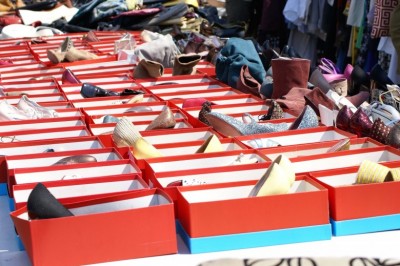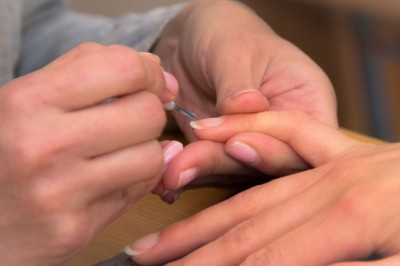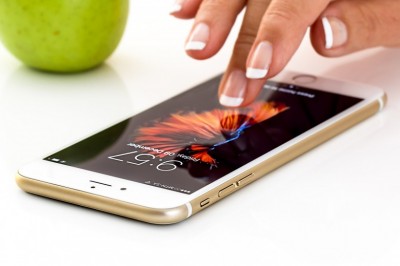Ancient Ceramics
Ceramic Maker
For hundreds of years ceramics have been created to express emotions, reflect the period and attitude, and provide functional uses. Although ceramics have evolved over these centuries and Arts and Crafts have evolved over the past century, most of the techniques and materials used to create ceramic pieces have not changed a lot.
Less than a decade ago, ancient ceramics and modern Arts and Crafts materials came together to provide some insight into centuries old craftsmanship. The ancient ceramics had been excavated from a mid-16th century ship found off the coast of the Bahamas. The ceramics consisted of six indented pieces in the form of earthenware balls, or, probably more accurately, --blobs--. In each of these blobs is the clear impression of either a fingertip or thumb tip. After careful cleaning by a conservation lab, distinct fingerprint lines were found preserved in the clay. The conservation team felt the impressions were exciting enough, but were interested in somehow producing positive images from these molds. If castings could be made from them, then essentially parts of the very people who created the ancient piece could be recreated.
Unlike ancient ceramic pottery, beads or jewelry, having a stamp or initial of the maker, these findings had the actual finger prints of the very people who played a part in their creation.
The question was what material could be used to safely create accurate castings and not cause any damage to the ancient ceramics.
The first attempts utilized a silicone rubber paste, but it proved to be too sticky. A thin layer of the ceramic surface adhered to it, and a stain was left on the remainder. This would damage the prints and was unacceptable. A local forensics laboratory was visited, and they provided a test of a high resolution molding compound, but it was difficult to apply evenly and unfortunately also stained the ceramic.
The answer came in the form of a modern Arts and Crafts material, Polymer Clay. It recovered the slightest details with no distortion, or damage to the ceramic. The clay can be baked during the molding process, and it hardens permanently, making it sturdy and safe to handle. The results from the castings were stunning. They found that the positive images from the castings looked just like the tips of peoples fingers, and prints on them are clearly visible. Most importantly, the images can now be examined and analyzed in their original form for clues about the people who left them.
Ceramic Maker





















